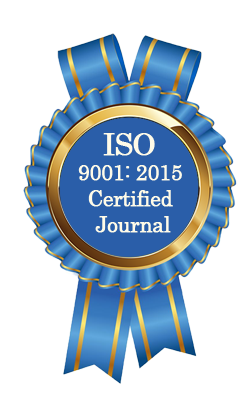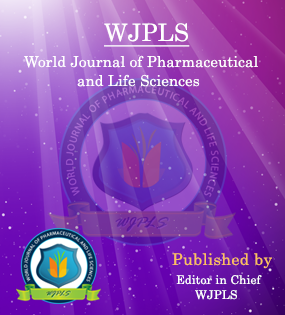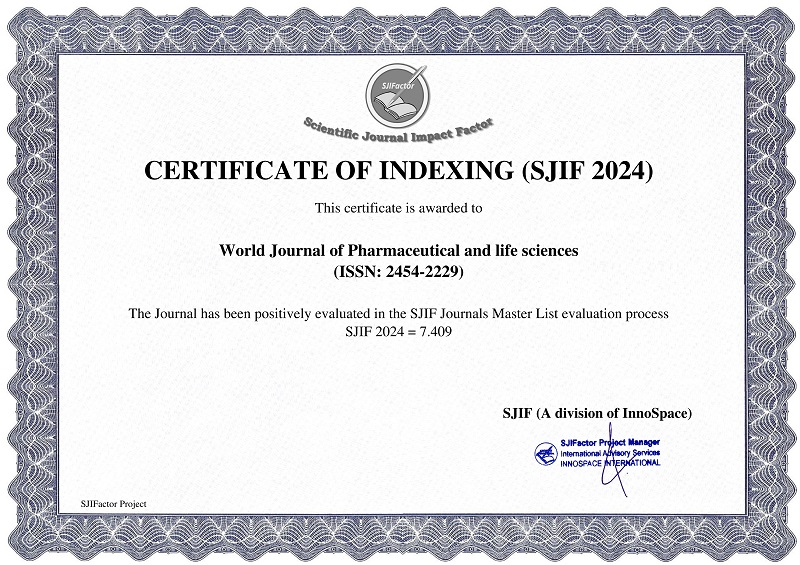Abstract
TRANEXAMIC ACID REDUCES BLOOD LOSS DURING AND AFTER CESAREAN SECTION: A DOUBLE BLINDED, RANDOMIZED, CONTROLLED TRIAL
Rashi MS, DNB, MRCOG*
ABSTRACT
Obstetric hemorrhage remains one of the major determinants of maternal death in both developed and developing countries. Because of its weight as a leading cause of maternal mortality and morbidity, obstetric hemorrhage (ante-partum and postpartum hemorrhages) must be investigated for national guideline development.[1] Haemostatic drugs are not usually used as first-line treatment in post-partum hemorrhage (PPH).[2] It was authenticated that extensive tissue injury can direct the haemostatic equilibrium toward increased fibrinolysis, leading to coagulopathy and bleeding.[3] Antifibrinolytic drugs, namely tranexamic acid (TXA) have been recognized to decrease blood loss and transfusion needs in various elective surgeries.[4] Furthermore, the Clinical Randomization of an Anti-fibrinolytic in Significant Haemorrhage (CRASH-2) study concluded that tranexamic acid decreases the risk of death in bleeding trauma patients.[5] Tranexamic acid decreases post-partum blood loss after vaginal birth and after cesarean section based on two randomized controlled trials (RCTs).[6] This study was designed to evaluate the efficacy of TXA in reduction of blood loss during and after cesarean section (CS). Caesarean section (CS) rates have increased to as high as 25 – 30% in many areas of the world. In Pakistan and India the CS rate is 25%.[7.8] In many areas of China, the CS rate is as high as 40 – 50%.[9] Delivery by CS can cause more complications than normal vaginal delivery and one of the most common complications is primary or secondary postpartum haemorrhage (20%).[10] Objective: To evaluate the efficacy of tranexamic acid in reduction of blood loss during and after cesarean section. Methods: Women included in the current double blinded, randomized, controlled trial were recruited from women attending for elective cesarean section and randomized into two groups; study group: received tranexamic acid with induction of anesthesia plus 10 IU of oxytocin injection after delivery of the baby. Control group: received oxytocin 10 IU injection along with normal saline 10ml after delivery of the baby. Results: Twenty four hours post-operative hemoglobin level was significantly higher in study group (11.2 ? 1.5 mg/dL) compared to control (9.6 ? 1.2 mg/dL), also 24 hours post-operative hematocrit was significantly higher in study group (30.2 ? 6.6) compared to control (29.2 ? 2.8). Calculated total blood loss from placental delivery till end of cesarean section was significantly less in study group compared to control (369.5 ? 198.0 versus 606.8 ? 193.0 mL; respectively), also, calculated vaginal bleeding during first 6 hours post-operative was significantly less in study group compared to control (85.0 ? 30.7 mL versus130.8 ? 49.3 mL, respectively). The incidence of post-partum hemorrhage was significantly less in study group compared to control (31.1% versus 63.2%; respectively), also the need for iron replacement therapy was significantly less frequent in study group compared to control (0.9% versus 6.6%, respectively). Conclusions: Tranexamic acid can be used safely to reduce blood loss during cesarean section. Reduced blood loss after tranexamic acid was associated with improvement of post-operative hemoglobin, hematocrit and with reduction of post-partum need for iron replacement.
[Full Text Article] [Download Certificate]WJPLS CITATION 
| All | Since 2020 | |
| Citation | 590 | 424 |
| h-index | 12 | 10 |
| i10-index | 17 | 14 |
INDEXING
NEWS & UPDATION
BEST ARTICLE AWARDS
World Journal of Pharmaceutical and life sciences is giving Best Article Award in every Issue for Best Article and Issue Certificate of Appreciation to the Authors to promote research activity of scholar.
Best Article of current issue
Download Article : Click here





